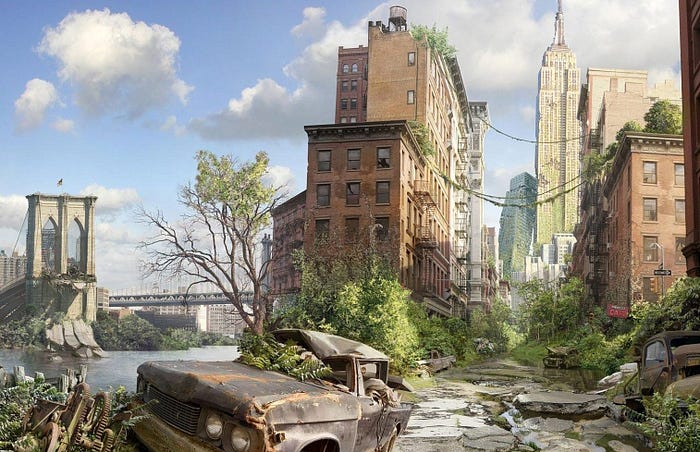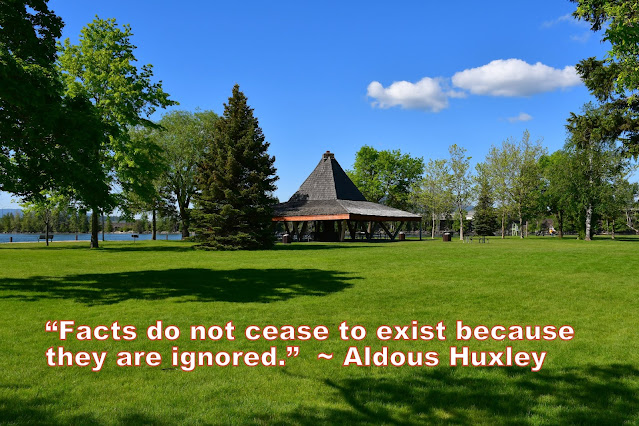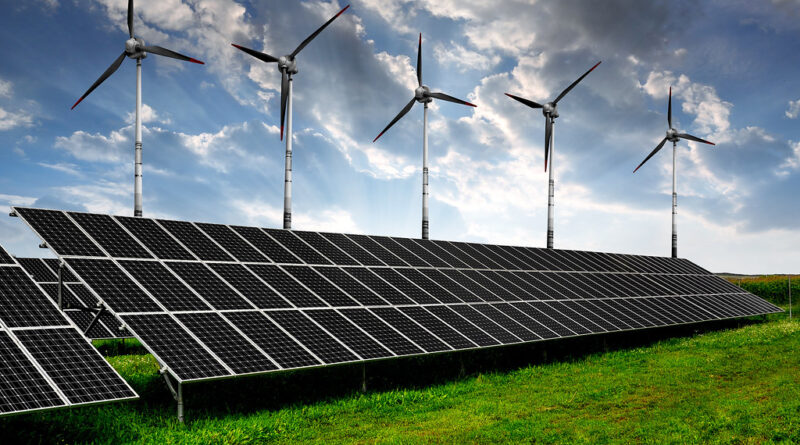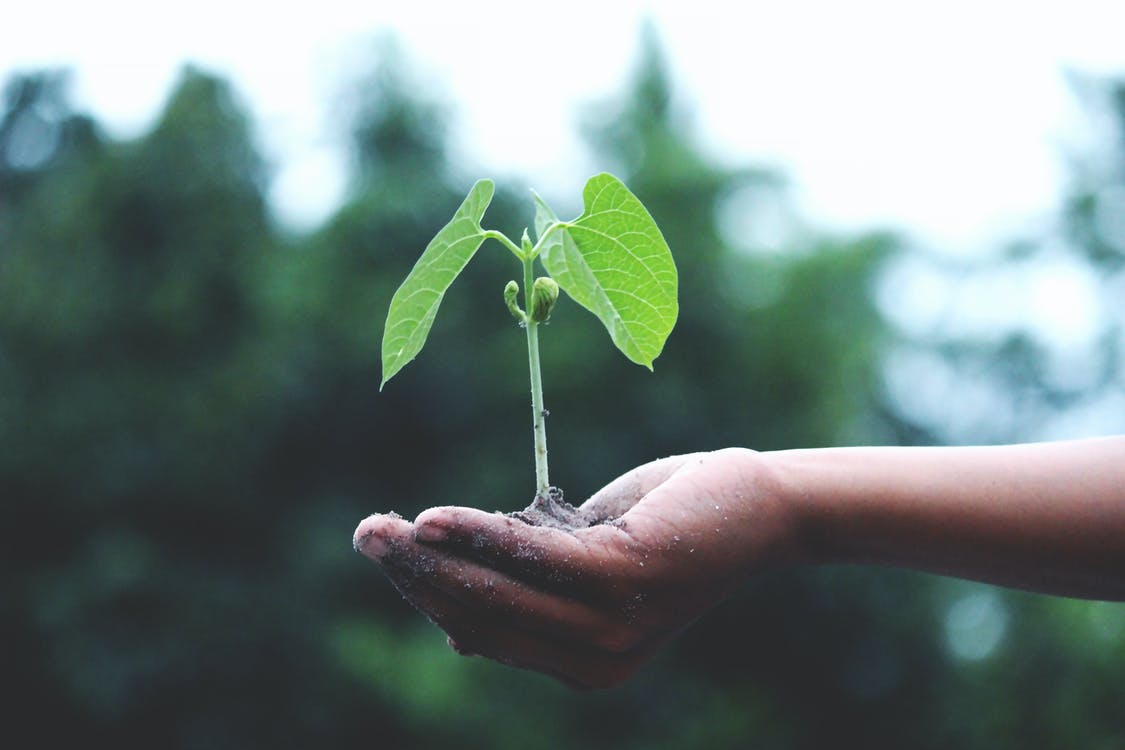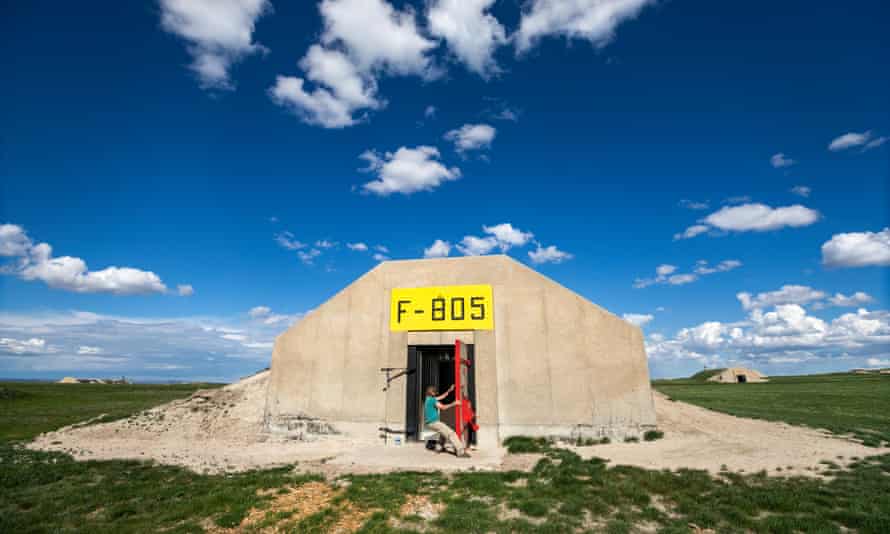Thoughts on increasing our gardening resilience
It feels like the world is moving faster and faster in directions I never would have thought possible just a couple of years ago. We knew resilience was important, but now it has become essential, critical to our well being and perhaps even survival. I am going to share some thoughts about pushing a garden to be more productive in ways within the capabilities and finances of most of us. My solutions reflect my agricultural zone (8b) and microclimate, but it is surprising what can be accomplished with very little.
Three resources I lean heavily upon, and will reference here, are: the books written by Eliot Coleman (Maine), Lynn Gillespie’s courses and information found at thelivingfarm.org (Colorado) and the interviews with Singing Frogs Farm (California) found on this website. All three provide a wealth of ideas and processes that those of us growing in residential areas can adopt on a “micro-sized” basis to be quite successful.
It takes knowledge and experience to be successful growing food on a small lot in a residential area, year-round, but it can be done! We can get a general idea of what we need to do through resources like those mentioned and seed company charts, but only dedication, season after season, brings us the knowledge and feeling that we need.

In the garden with the mini greenhouses with peppers and an A frame trellis for tomatoes behind
My garden is about 2000 square feet of actual growing area. It is divided into 40 beds, most of them raised. In this area over the course of a year 140 varieties of 40 vegetables and at least 20 different herbs are grown. Scattered around the rest of the property (a total of about 2 acres) we grow 15 different berries, 10 varieties of grapes, and trees for plums, peaches, pears, apples, cherries, hazelnuts and almonds….
click on the above link to read the rest of the article…





